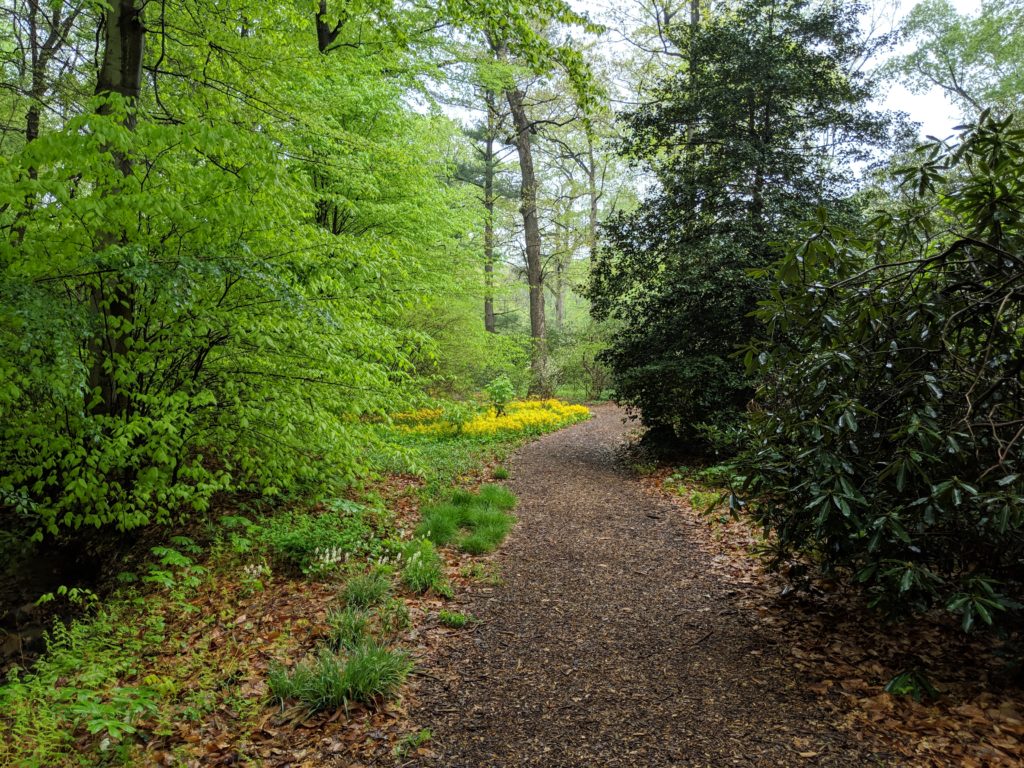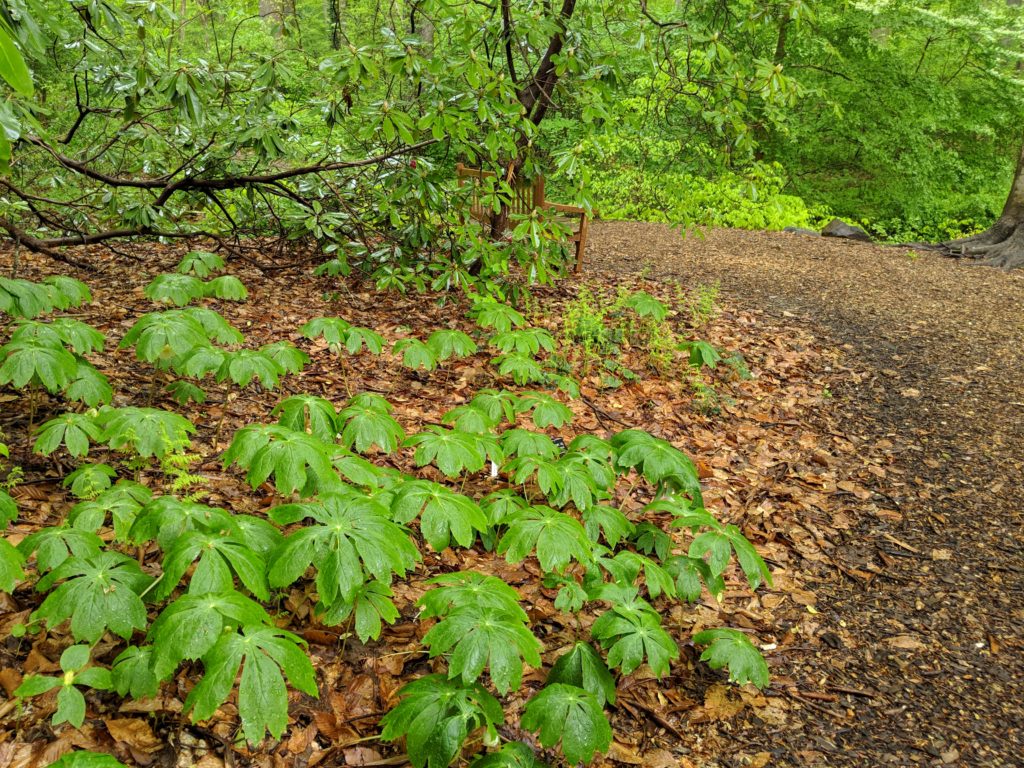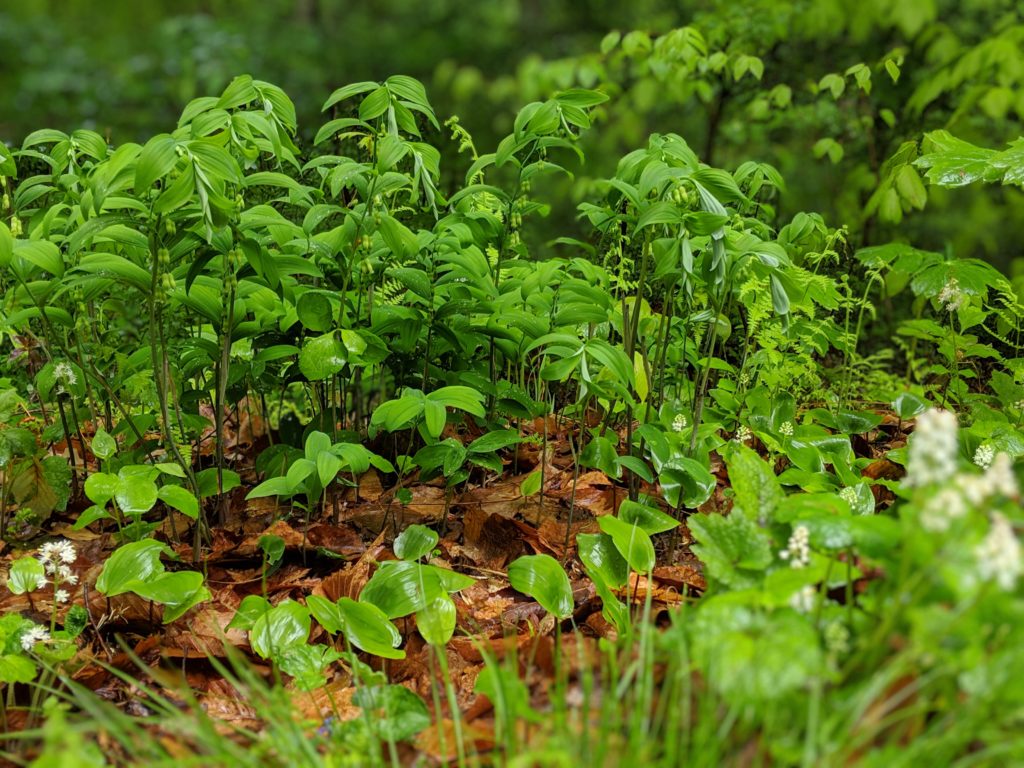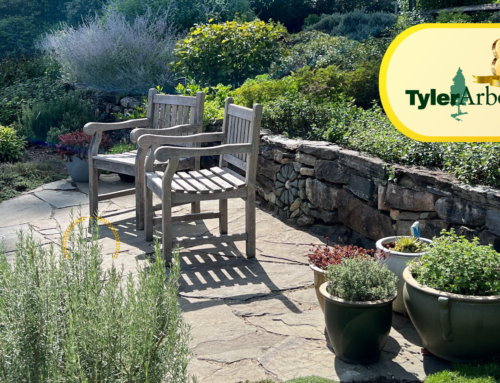“It may be doubted whether there are any animals which have played so important a part in the history of the world as have these lowly, organized creatures.” Charles Darwin

What animal could have impressed famed naturalist Charles Darwin so much that he made that statement? The earthworm. Worms are valued by gardeners for their ability to aerate the soil and convert fallen leaves into humus. Some people raise worms in bins for their castings which they use as fertilizer. Gardeners consider finding a lot of worms in their soil a sign of healthy soil. But not all worms are good worms. To explain, let’s review some history. About 12,000 years ago, glaciers covered what is now Canada and the northern United States, including New York, New England, northern Pennsylvania and New Jersey. All plants and vegetation were destroyed, including native earthworms. As native vegetation returned in these areas, it did so in soil without worms. Eventually, these areas developed into hardwood forests and understory plants which supported a unique ecosystem. Birds, amphibians, insects, micro-organisms and more, functioned in this habitat for thousands of years.
When Europeans began coming to North America, among the many things they brought with them were earthworms. They arrived with plants and in the ballast of ships. Although they are not fast movers on their own (worms travel about 5-10 meters a year or about ½ mile every hundred years), they began to invade the hardwood forests of New England, Canada and into the Upper Midwest. Human activity helped speed their progress by road building, moving compost, top soil and leaf mulch, transplanting plants with soil on the roots and even in vehicle tire treads. Now, hundreds of years later, the effects of this non-native worm invasion is coming to light.
In a healthy hardwood forest, the forest floor is covered with a duff layer of decaying organic material. This duff layer is habitat for several species of insects, spiders, small invertebrates, bacteria and fungi. It is also the primary rooting zone for most plants. When earthworms invade these forests, they destroy this duff layer that sustains these forest plants and animals. Removing the duff layer also makes forests more susceptible to erosion, reduces their ability to store carbon and nitrogen from the atmosphere, and causes fast release of nutrients. Burrowing by worms speeds up the drainage of water and, if deep enough, can change the pH of upper layers by mixing alkaline soil from deeper in the ground.
These activities are having negative effects. The invasive earthworms disrupt the mutually beneficial symbiotic relationship between fungi and plants. Earthworms consume seeds and seedlings of some plants, thereby influencing what grows in the understory. The native plants, such as goblin fern, trillium and Solomon’s seal did not evolve in these conditions, and are being negatively affected by the new conditions. Non-native plants that evolved in soils with earthworms have a strong advantage over native plants and are creating a decreased diversity of native plants. And it’s not just native plants that are being affected. By changing the forest floor structure, the insects, invertebrates and other animals who live there are also affected. This, in turn, has an effect on the animals that feed on them, such as salamanders and birds.
Is there anything we can do about this destruction of our hardwood forests? Unfortunately, the problem is too widespread to eradicate these invasive earthworms, but there are things we can do to slow their advance.
Keep composting worms away from forests.
Never drop bait worms in the woods. Dispose of them in the trash.
If you live near a forest and you compost, freeze your compost before you use it. Freezing will kill earthworms and their eggs.
Avoid moving soil and plants into forested areas. There may be earthworms or their eggs in the soil.
Scientists are continuing to study these conditions and how we can best develop strategies to improve them.








